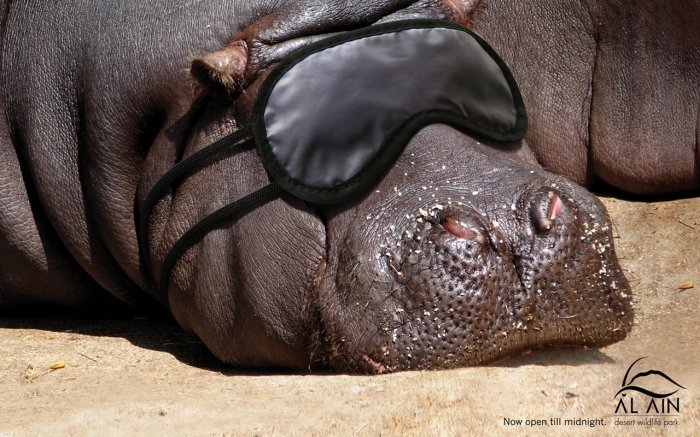|
|
Creative Art
|
The assumption of new values or the rebellion against accepted notions of what is aesthetically superior need not occur concurrently with a complete abandonment of the pursuit of what is aesthetically appealing. Indeed, the reverse is often true, that the revision of what is popularly conceived of as being aesthetically appealing allows for a re-invigoration of aesthetic sensibility, and a new appreciation for the standards of art itself. Countless schools have proposed their own ways to define quality, yet they all seem to agree in at least one point: once their aesthetic choices are accepted, the value of the work of art is determined by its capacity to transcend the limits of its chosen medium to strike some universal chord by the rarity of the skill of the artist or in its accurate reflection in what is termed the zeitgeist.
Communication
Art is often intended to appeal to and connect with human emotion. It can arouse aesthetic or moral feelings, and can be understood as a way of communicating these feelings. Artists express something so that their audience is aroused to some extent, but they do not have to do so consciously. Art explores what is commonly termed as the human condition; that is, essentially what it is to be human. Effective art often brings about some new insight concerning the human condition either singly or en masse, which is not necessarily always positive, or necessarily widens the boundaries of collective human ability. The degree of skill possessed by an artist will affect his or her ability to trigger an emotional response and thereby provide new insights, the ability to manipulate them at will shows exemplary skill and determination.
|
|









